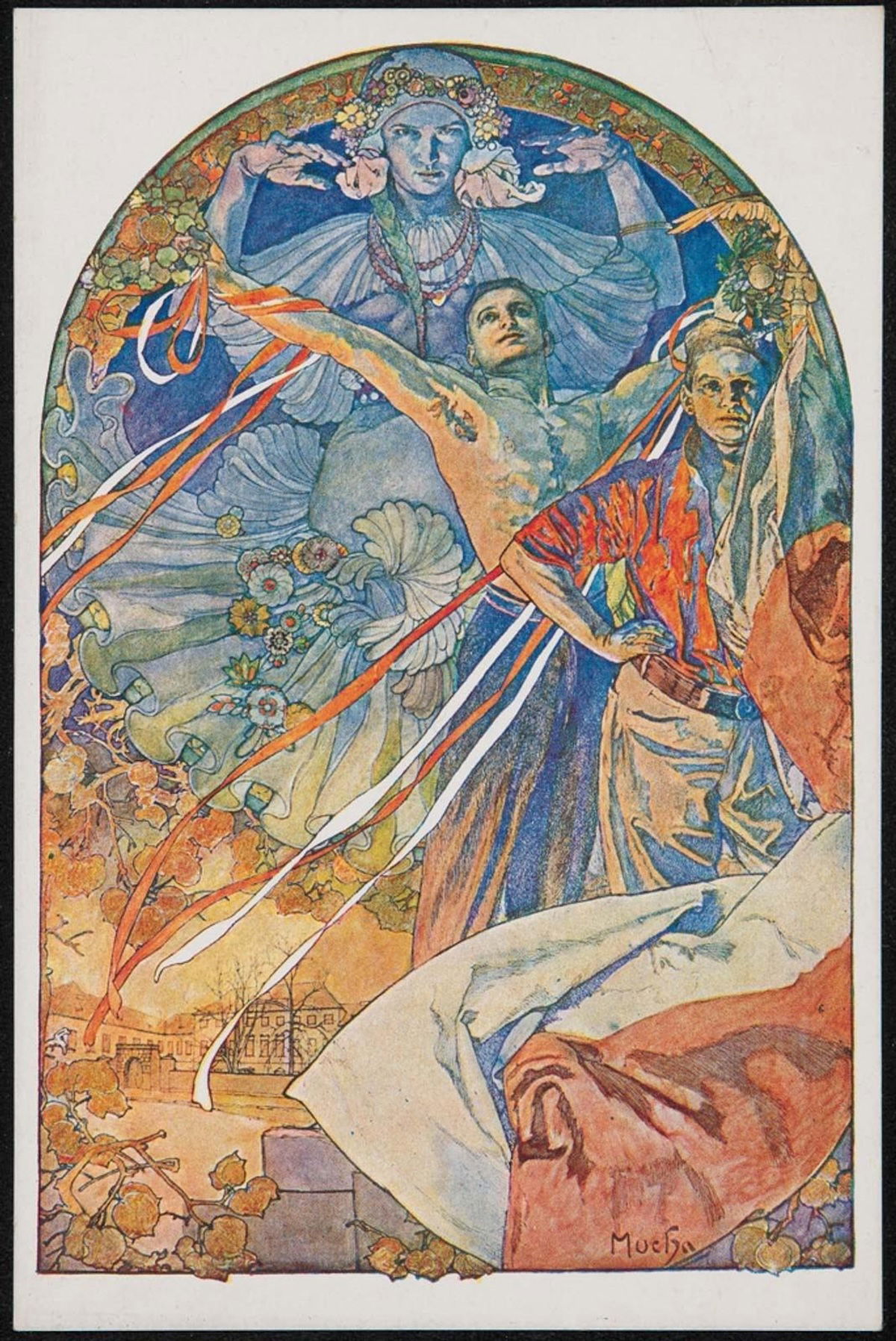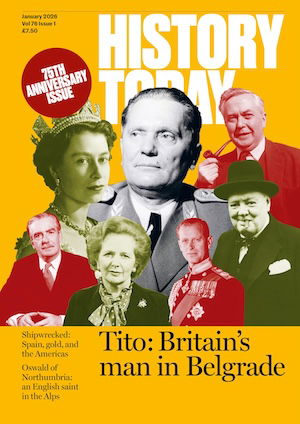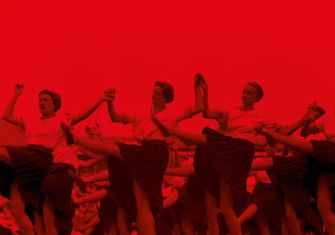‘Central Europe’ by Luka Ivan Jukic review
In Central Europe: The Death of a Civilization and the Life of an Idea, Luka Ivan Jukic makes the case for Mitteleuropa as a time that land forgot.

Historians of central Europe typically expend considerable effort trying to locate it on the map. Some place it where the Holy Roman Empire used to be. Others draw a line from the German-speaking lands to include some, or all, of the lands west of Russia. When the Iron Curtain disintegrated in 1989, the former Soviet satellites of what was then called ‘Eastern Europe’ rushed to assert their belonging to a seemingly more Western ‘Central Europe’. Today, many Ukrainians make similar claims.
In his provocative and enjoyable new book, Luka Ivan Jukic argues that central Europe should be understood less as a specific place than as a specific time, one that was irreversibly lost in the cataclysms of the 20th century. It first emerged as a geographic designation and potential political identity in the early 19th century when, in the wake of the Holy Roman Empire’s 1806 dissolution, it came to signify the lands between expansionist France and an increasingly menacing Russia. Jukic credits the German geographer Georg Hassel with coining the term in a statistical study that appeared in the same year as the old Reich’s demise. There was no prior need for such a neologism: the lands in question simply belonged to a universalist Christian empire founded by Charlemagne and presided over for centuries by the Habsburgs. Yet even before Napoleon smashed his way through the thousand-year-old institution, its lingering prestige suffered demotion with the spread of Enlightenment ideas, which, among other things, led to the elevation of the German vernacular as a literary language on a par with French, inspiring non-Germans across the Habsburg realm to modernise their own languages.
According to Jukic, the novel central European ‘civilization’ was characterised by a transregional German-educated culture along with powerful counter-movements that sought to ennoble non-German languages and their speakers: Hungarians, Czechs, Poles, Croats, and others. It was in the Habsburg monarchy that both tendencies reached their fullest expression, and where central Europe’s linguistic and religious diversity was given freest rein. But Jukic does not neglect Prussia and the other German states, charting their 19th-century shapeshifting with admirable clarity. In both the Habsburg monarchy and the lands that would eventually unify in 1871 as the German Empire, recently emancipated Jews played an outsized role in burgeoning urban cultures – another feature of this civilisation that distinguishes it from what came before and, following the Second World War, after.
The collapse of the multiethnic Habsburg Empire at the end of the First World War was a prelude to central Europe’s ghastly death in the fires of the next war. While the nationalising nation-states that arose on the rubble of Austria-Hungary did their utmost to erode German cultural primacy within their new borders, in Germany itself resentment of its humiliation at Versailles festered, eventually giving way to plans for reasserting hegemony across the region in the most barbaric way imaginable. Rejecting the Habsburg inheritance utterly, Hitler pursued a racially and linguistically homogeneous central Europe cleansed of all Jewish and Slavic elements. With Germany a smoking, occupied ruin in 1945, it was clear that, as Jukic puts it: ‘Eastern Europe had marched westwards; Western Europe had marched eastwards. Central Europe was nowhere to be found.’
Did the region’s lost diversity and Germanophone high culture amount to a civilisation? Perhaps it is better to say that between 1815 and 1914, the Habsburg monarchy mostly managed to keep a lid on irreconcilable social, political, and cultural forces without offering a satisfactory arrangement that would bridge the deepest rifts between them. This is particularly evident when surveying the competing nationalist movements. True, before the First World War few among them could imagine a future outside of the multiethnic empires that ruled them or countenance the wholesale removal of rival groups. But even their sagest leaders espoused solutions that were liable, if implemented, to undermine the whole central European ‘community of fate’. The liberal German nationalist Friedrich Naumann’s 1915 proposal for democratic economic-political union in Mitteleuropa aroused sympathy from the liberal Hungarian nationalist Oszkár Jászi but only indignation in liberal Czech nationalist Tomáš Masaryk, later the first president of Czechoslovakia, who saw in it a blueprint for German domination. Central Europe appears then, as Jukic writes in another memorable formulation, as ‘a novel historical situation whose existence was tied to specific circumstances whose disappearance it did
not survive’.
The precarity of that situation seems to have been lost on the region’s communist-era literati who yearned to escape Leninist one-party states and ‘return’ to a central Europe from which their societies had been ‘kidnapped’ – as the Czech novelist Milan Kundera put it in the early 1980s. To those who hailed their deliverance from captivity in 1989 and after Jukic retorts: ‘What emerged from the ruins of communist Eastern Europe was not a suppressed cosmopolitan Central Europe, but a series of nation-states forged in the upheavals of the twentieth century that had destroyed that very same Central European world.’ Glaring differences between the past and a present shaped by Western international institutions and a preoccupation with Russia have not dampened enthusiasm for the ‘idea of Central Europe’.
Much of the ground Jukic covers will be familiar to students of the region, but he writes about it with panache and sophistication, drawing on the very latest scholarship as well as a wealth of primary sources. Like the central Europe whose life and death he reconstructs, this book is, thanks in particular to its compelling original argument, more than the sum of its parts.
-
Central Europe: The Death of a Civilization and the Life of an Idea
Luka Ivan Jukic
Hurst, 344pp, £25
Buy from bookshop.org (affiliate link)
Jakub Beneš is Associate Professor in Central European History at UCL School of Slavonic and East European Studies.






